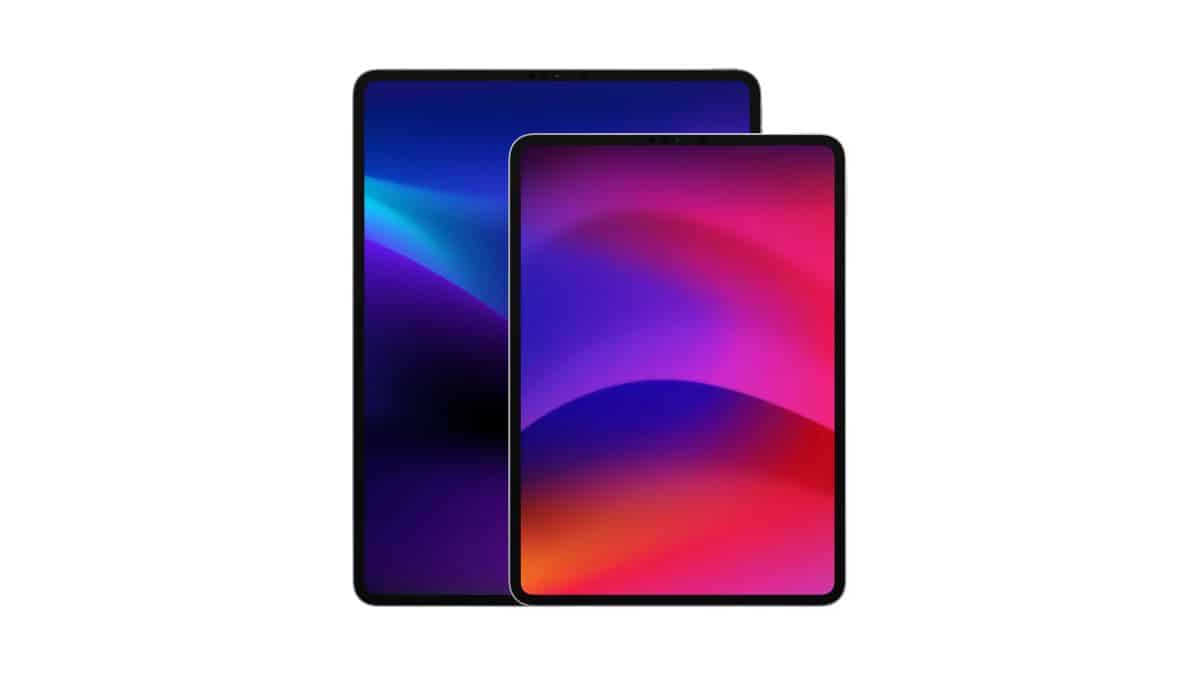HIGHLIGHTS
- There are rumors that the next iPad Pro will ship with an OLED display.
- Apple is rumored to be utilizing tandem stack display technology, which is present in expensive TV sets.
- There is a mid-2024 release date for the iPad Pro 7th generation.

In the first half of 2024, Apple is anticipated to update its lineup of iPads. With a switch to OLED panels, the next iPad Pro is rumored to include Apple’s M3 chipset as well. According to Ross Young, CEO of Display Supply Chain Consultants (DSCC), Apple’s latest iPad Pro will use OLED panels based on Lithium-Polymer oxide (LTPO).
He goes on to say that the next iPad Pro would include dual stack displays, which will make it the first tablet in the world and increase its durability. The iPad’s power consumption will also be decreased with the LTPO panel. Let’s examine how these two elements can greatly enhance Apple’s next iPad Pro.
iPad Pro M3 (Expected) Launch Date
Apple is expected to release its updated iPads in two stages, according to earlier sources. In the first quarter of 2024, the business might release the iPads in the base model. Anticipated release date for the iPad Pro is mid-2024. Apple hasn’t, however, announced a delivery date for the updated iPad.
The next iPad Pro is anticipated to have MagSafe functionality in addition to OLED panels and the Apple M3 CPU. This implies that in order to support wireless charging, Apple may replace its standard aluminum back panel with a glass one.
Apple M3 iPad Pro And Its New Display
Apple has yet to incorporate a true OLED display into an iPad. Even though the most recent iPad Pro 6th generation has a mini-LED display, it is still inferior to an actual OLED panel. As previously reported by Apple analyst Ming-Chi Kuo and Bloomberg’s Mark Gurman, Apple is anticipated to transition to OLED displays on the iPad Pro by 2024.
According to Ross Young, Apple was going to go one step further and include LTPO OLED panels on the iPad Pro. Low-temperature polycrystalline oxide, or LTPO for short, is an improved OLED substitute. The primary benefit of LTPO lies in its inherent ability to enable variable refresh rate, hence contributing to lower power consumption.
A standard OLED panel depends on the device’s GPU to move between refresh rates and needs extra hardware. It can only flip between presets that are fixed, such as 60Hz, 90Hz, and 120Hz. Without the need for additional hardware or external processing, LTPO can adjust to any refresh rate between 1Hz and 120Hz.
The LTPO panel will set the refresh rate to 1Hz when you are viewing a static image. As soon as you begin scrolling, it will quickly transition to 120Hz. This will significantly extend the iPads’ battery life.
The launch of tandem stack display technology, which employs multiple layers of LEDs rather than the single layer found in conventional OLEDs, will be the second biggest upgrade. This will lessen the panel’s overall thickness and increase the display’s durability. Additionally, it lessens the possibility of display burn.
This display technology will be introduced for the first time on a tablet with the next iPad Pro. High-end TV sets are typically equipped with tandem stack panels. Additionally, according to Ross Young, the iPad Pro will be the thinnest OLED tablet available.


